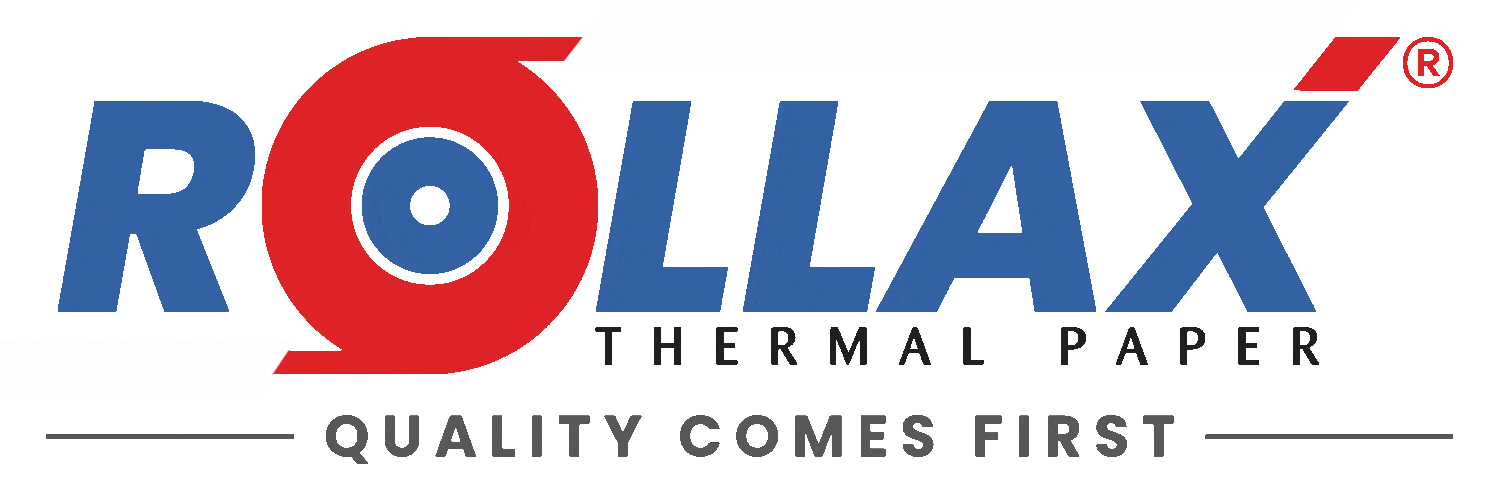Below are answers to the most frequently asked questions about direct thermal and single-sided coated paper. If you have any questions or concerns, please contact us.
Thermal paper is a recording medium that is printed by the heat from a thermal printer. No ribbons, toners, or ink cartridges are required to write information on thermal paper, so you can use a very compact printer with minimal maintenance. Today, thermal paper is widely used in labels, tickets, point-of-sale receipts, medical records, etc. due to its reliability and convenience.
It is widely used in industries that require quick receipt printing. Used in EPOS Machines, Cash Registers, Tills, Credit Card Terminals etc…
More reliable than other printing technologies because there are fewer moving parts.
The dye is on the paper. No ribbons or cartridges are required. There is no toner or ink to spill.
The total cost of ownership is low.
Top coating and no top coating
Standard and premium
Paper and synthetic media
C1S Paper (single-sided coat) is a product developed for high quality label stock. As the name implies, one or two layers of coating are typically applied to only one side of the base paper to provide a variety of properties such as gloss, brightness, whiteness, opacity, and printability.
BPA (Bisphenol A) is a chemical traditionally used in the manufacturing of plastics and Thermal Paper. BPA was required to be removed from the composition of the coating of Thermal Paper following a directive issued by the EU in 2016, stating that thermal paper had to become BPA free by January 2020. Rollax Thermal Paper is 100% BPA free.
Rollax thermal paper consists of a base paper and several special coating layers. The surface side (recording side) is coated with a precoat layer and a thermal layer. A cover layer can be applied to the thermal layer in order to impart high durability to the thermal printed image. In addition, the backsheet can be coated to improve printability and backside protection from adhesives.
The main function of thermal paper is “thermal printing”. Therefore, in addition to the characteristics of regular paper (grams, thickness, strength, etc.), the quality of thermal printing and image stability are also important. In addition, thermal paper also requires pre-printability using traditional printing processes such as flexography and offset. Rollax can help you find the right product for your business.
Thermal printing characteristics can be divided into “dynamic sensitivity” and “maximum density”. Dynamic sensitivity indicates how quickly and with less energy you can print thermal paper.
